
out of
TVs
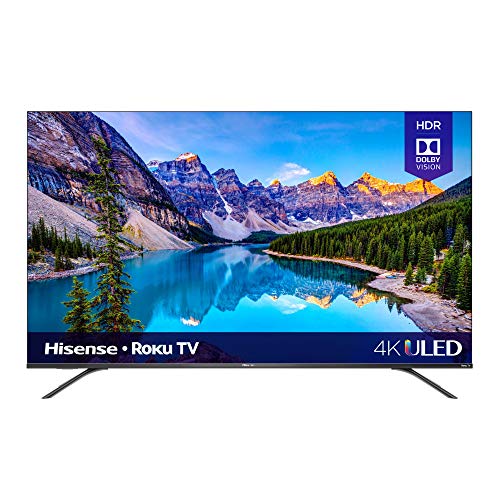
Hisense R8 Review
→
Published
True Score
True Score is an AI-powered algorithm of product tests and customer reviews.
Mixed Reviews

Experts
Consumers
Expert Rankings
(
)
The R8 Hisense TV has great picture quality, works for casual gaming, and has a rich display of vivid colors. However, pro gamers might shun it due to lack of VRR and lackluster HDR performance.
Product Snapshot
Overview
Announced in 2020, the R8 Hisense 65-inch LCD (LED) TV is a mid-range display that’s got a 2160p maximum resolution and an impressive ability to upscale sub-4K content. According to Hisense, its LED panel relies on proprietary ULED technology to enhance 4K detail and improve picture quality. In addition, its motion rate 240 image processing technology provides excellent motion handling capabilities that movie enthusiasts and gamers will enjoy during fast-paced scenes. With its easy-to-use Roku TV platform, streaming content from Netflix and other media will be pretty straightforward. Sit tight for the rest of this Hisense R8 TV review, and determine whether it’ll be worth considering over these other highly rated TVs.
Consensus
our Verdict

The R8 Hisense TV is great for casual movie watching, with deep blacks, sub-4k upscaling, comprehensive color gamut coverage, and peak brightness levels. But if you’re a pro gamer, you may want to look elsewhere. The TV has a Game Mode to reduce input lag and decent motion handling, but lacks Variable Refresh Rate support, below par HDR performance, and HDMI 2.1 ports.
ReasonS to Buy
- Excellent motion handling
- High color accuracy
- Game mode for low input lag
- Great contrast levels
Reason to Avoid
- No HDMI 2.1 ports
- No support for Variable Refresh Rates
- Mediocre sound
Hisense R8 Specs
 | Backlight Type | – |
| Display Type | LED | |
| HDMI Inputs | 3 | |
| HDR Format | Dolby Vision, HDR10 | |
 | LED Panel Type | LED |
| Max Resolution | 3840 x 2160 (4k) | |
| Refresh Rate | 60 Hz | |
| Screen size | 65" | |
 | Smart Platform | Roku TV |
 | Sync Technology | n/a |
 | VRR | n/a |
All Specs
Test Results
These are the most important criteria to test for TVs based on our comprehensive Testing Methodology.
| Color Gamut % (DCI P3 xy) | 96.82 |
| Color Gamut % (DCI P3 uv) | 0 |
| Color Gamut % (Rec 2020 xy) | 0 |
| Color Gamut % (Rec 2020 uv) | 0 |
| Color Gamut % (sRGB) | 0 |
| Color Gamut % (Rec 709) | 0 |
| Color Gamut % (BT.2020) | 0 |
| Color Gamut % (Adobe RGB) | 0 |
| Color Gamut % (BT.709) | 0 |
| Contrast Ratio (x:1) | 0 |
| SDR Brightness (nits) | 717 |
| HDR Brightness (nits) | 770 |
| Input Lag (ms) | 13.4 |
| Response Time (ms) | 0 |
| Color Washout (Degrees) | 0 |
| Color Shift (Degrees) | 0 |
| Brightness Loss (Degrees) | 0 |
| Reflections (%) | 0 |
| Low-Freq Extension (Hz) | 0 |
| Freq Response StdDev @ 70db | 0 |
| Freq Response StdDev @ 80db | 0 |
| Weighted Total Harmonic Distortion @80db | 0 |
| Intermodulation Distortion @80db | 0 |
| EOTF (600 nit delta) | 0 |
| EOTF (1000 nit delta) | 0 |
| EOTF (4000 nit delta) | 0 |
All Tests

Can You Trust What You Read Online?
Fake reviews are taking over tech journalism—45% of sites are faking product tests. Don’t be misled.
Sign up now for exclusive access to Gadget Review’s bombshell investigation and uncover the truth about tech journalism.
Plus, stay ahead with our daily newsletter, packed with insights you can trust.
Score Card
E
Expert Score
*.75
We place a 75% weighted value on Expert Test Scores
C
Customer Score
*.25
We place a 25% weighted value on Customer Scores
True Score
Any product with a True Score above 60 is a Meh
Expert Scores
Publications with higher Trust Ratings are given more weight.
- 70Like: Lots of features for the money – Solid bright-room picture – Excellent Roku smart… Read More
By:
David Katzmaier
Customer Scores
- 86
(
4.3/5
)
1034Ratings
- NR
(
NR/5
)
Ratings
Learn More About TVs
TV Buying Guides_
Latest DEALS_
-
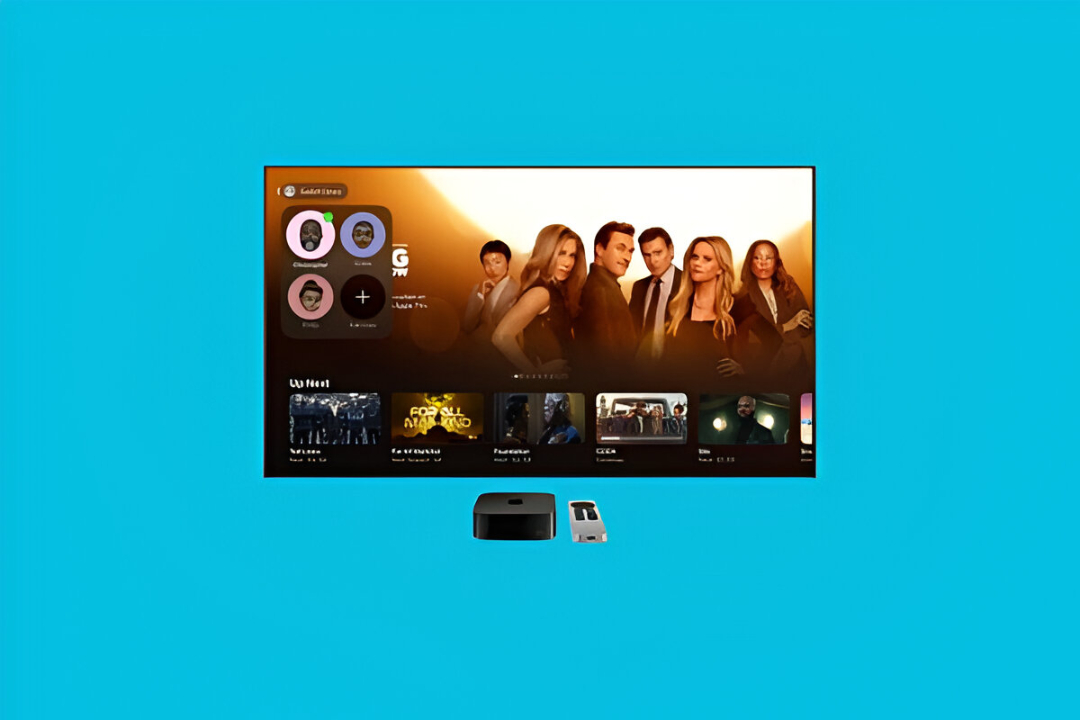
This Apple TV+ deal gives you 1 month free, then $9.99/month
·
-
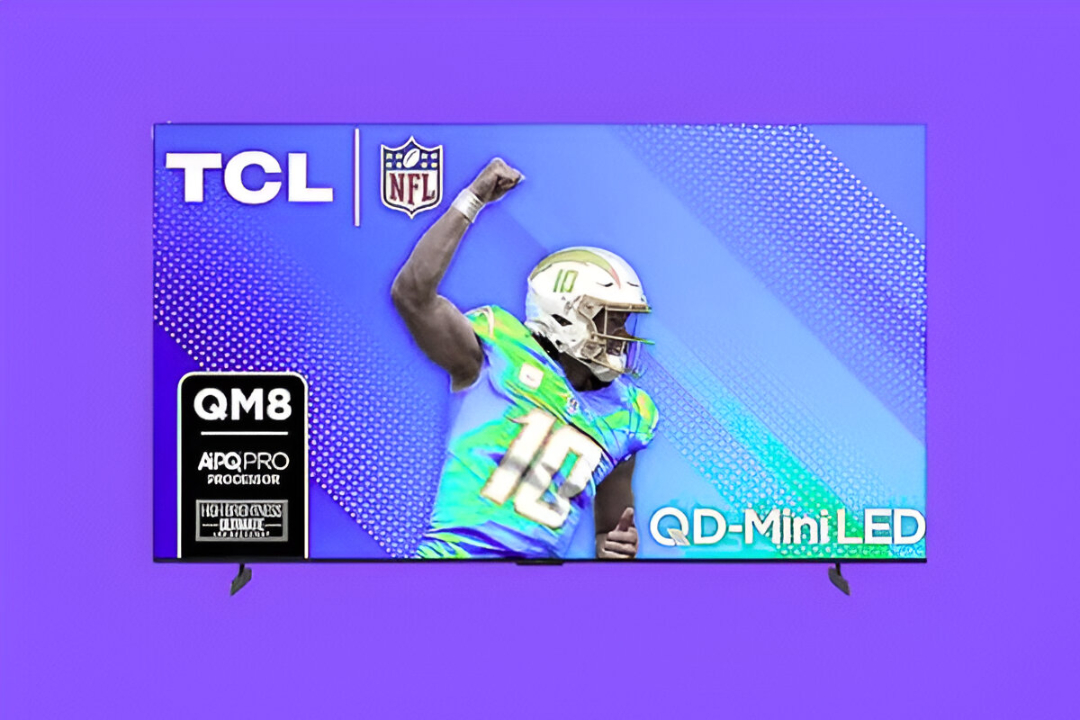
TCL 85-Inch QM85 QD-Mini LED 4K Smart TV (2024) – $1,796.99 (Save 33%)
·
-
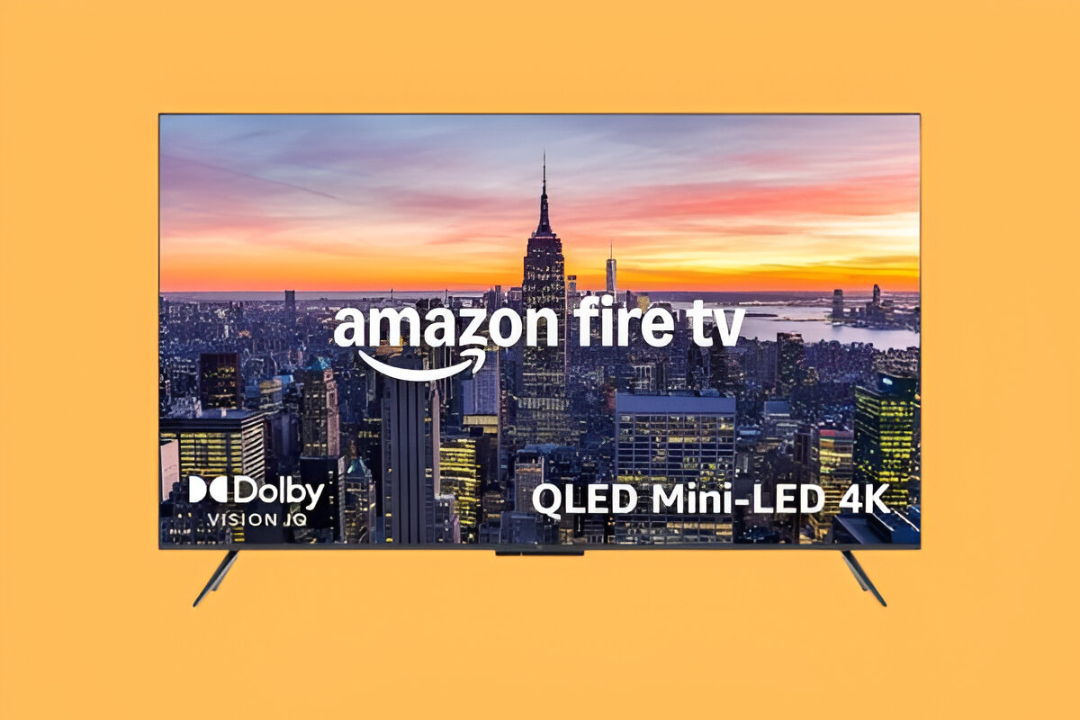
Amazon Fire TV 55″ Omni Mini-LED QLED 4K Smart TV – $769.99 (Save 6%)
·
-
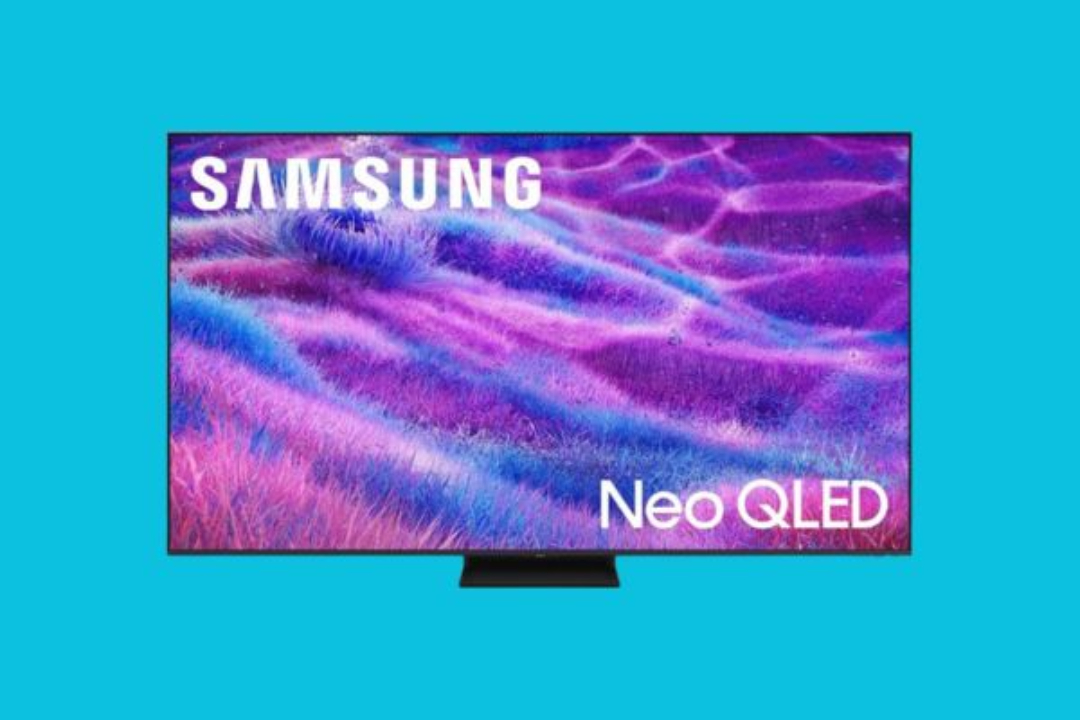
Samsung 85-Inch Neo QLED 4K Smart TV (2025 QN80F) — $2,197.99 (Save $1,300)
·
-
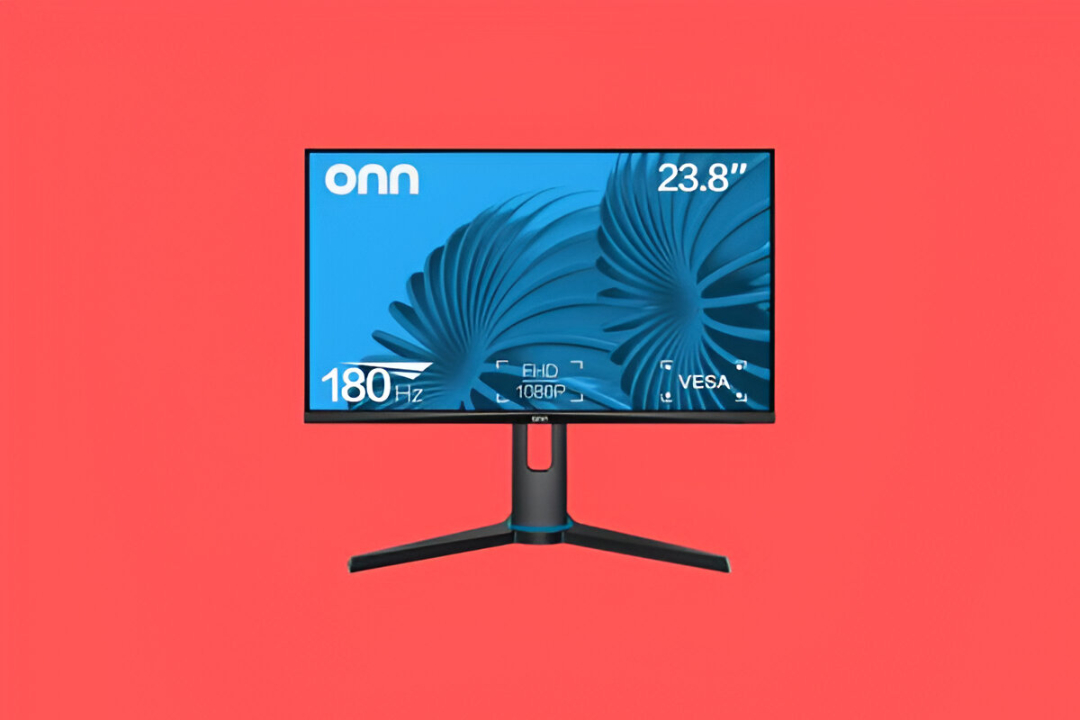
onn. 24″ FHD 180Hz 1ms FreeSync Gaming Monitor — $129 (Save $20)
·



















